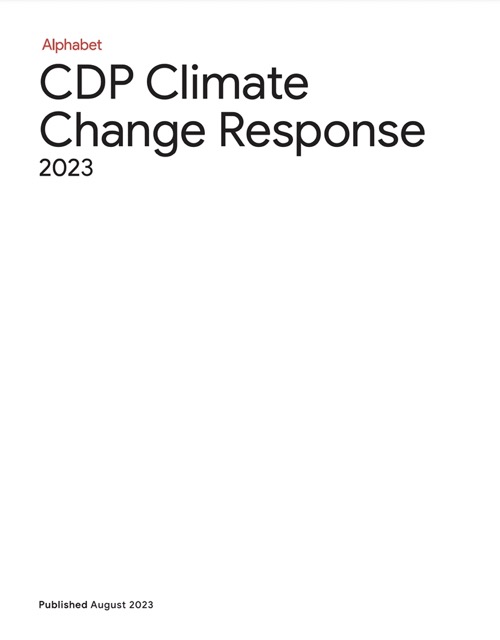Operating sustainably
See how we’re working to drive sustainability across our operations.




-
Pursue net-zero emissions
We’ve set a goal to achieve net-zero emissions across all of our operations and value chain by 2030.1
Learn more -
Advance our standard of water stewardship
We aim to replenish more freshwater than we consume and help improve water quality and ecosystem health in the communities where we operate.
Learn more -
Accelerate a circular economy
Our ambition is to maximize the reuse of finite resources across our operations, products, and supply chains and enable others to do the same.
Learn more -
Protect nature & biodiversity in the places where we operate
We strive to restore and enhance nature and biodiversity through our campuses and technology.
Learn more
Tracking our progress
We believe it is critical to regularly track our progress and be transparent with what we’ve accomplished and where we’re going.
Tracking our progress
We believe it is critical to regularly track our progress and be transparent with what we’ve accomplished and where we’re going.
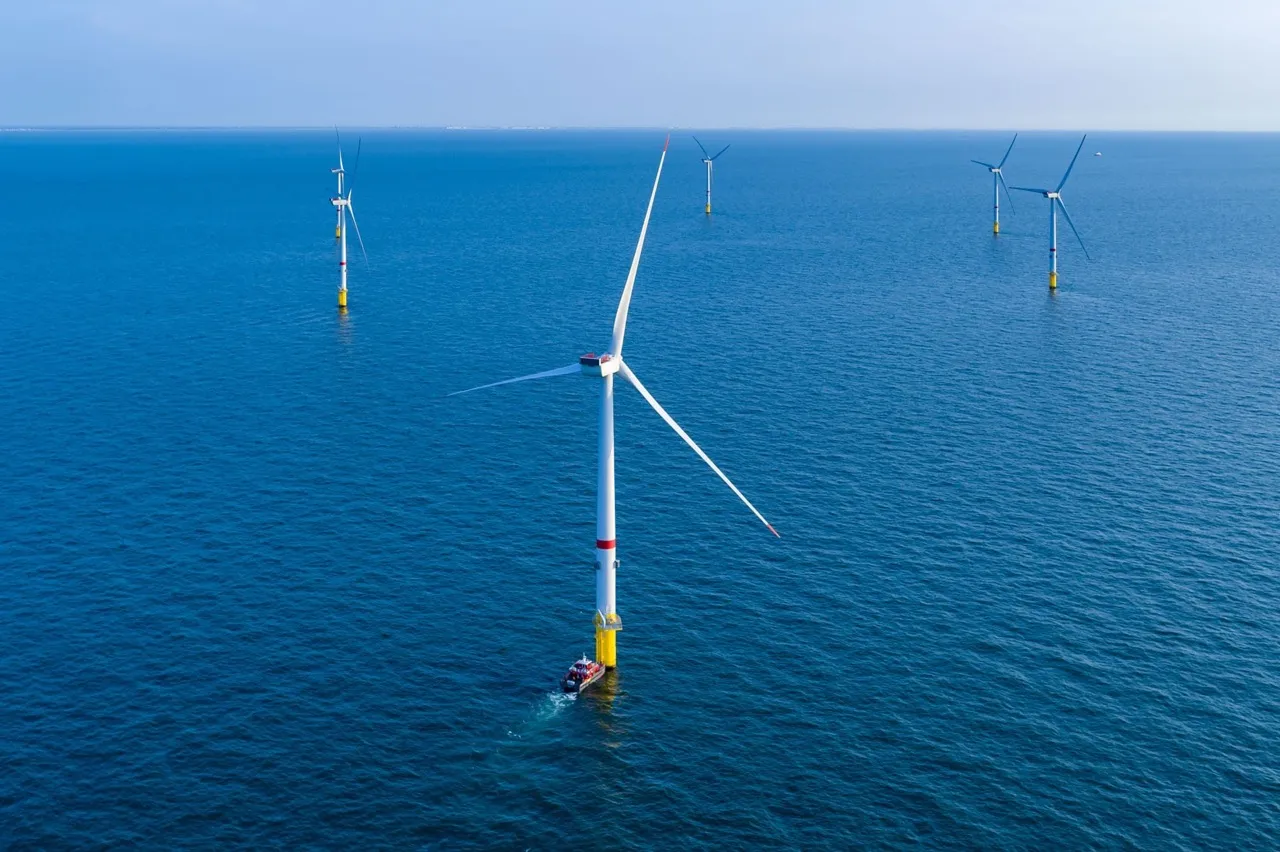
Net-zero carbon
Learn moreCarbon reduction
TargetReduce 50% of our combined Scope 1, 2 (market-based), and 3 absolute emissions by 2030. Invest in nature-based and technology-based carbon removal solutions to neutralize our remaining emissions.*
2030
2023
Our total GHG emissions were 14.3 million tCO2e, representing a 13% year-over-year increase and a 48% increase compared to our 2019 target base year—primarily due to increases in data center energy consumption and supply chain emissions.
Carbon-free energy2
Target
Run on 24/7 carbon-free energy on every grid where we operate by 2030.
*Having previously used “before” and “by” interchangeably, we’ve refined the language of our carbon reduction target to “by” 2030 to enhance clarity and improve consistency with our targets. This adjustment, made in consultation with the Exponential Roadmap Initiative, doesn’t alter our ambition, target strategy, or approach to our emissions reduction efforts.
2030
2023
We maintained a global average of approximately 64% carbon-free energy across our data centers and offices from 2022 to 2023—despite growth in electricity demand over this period.
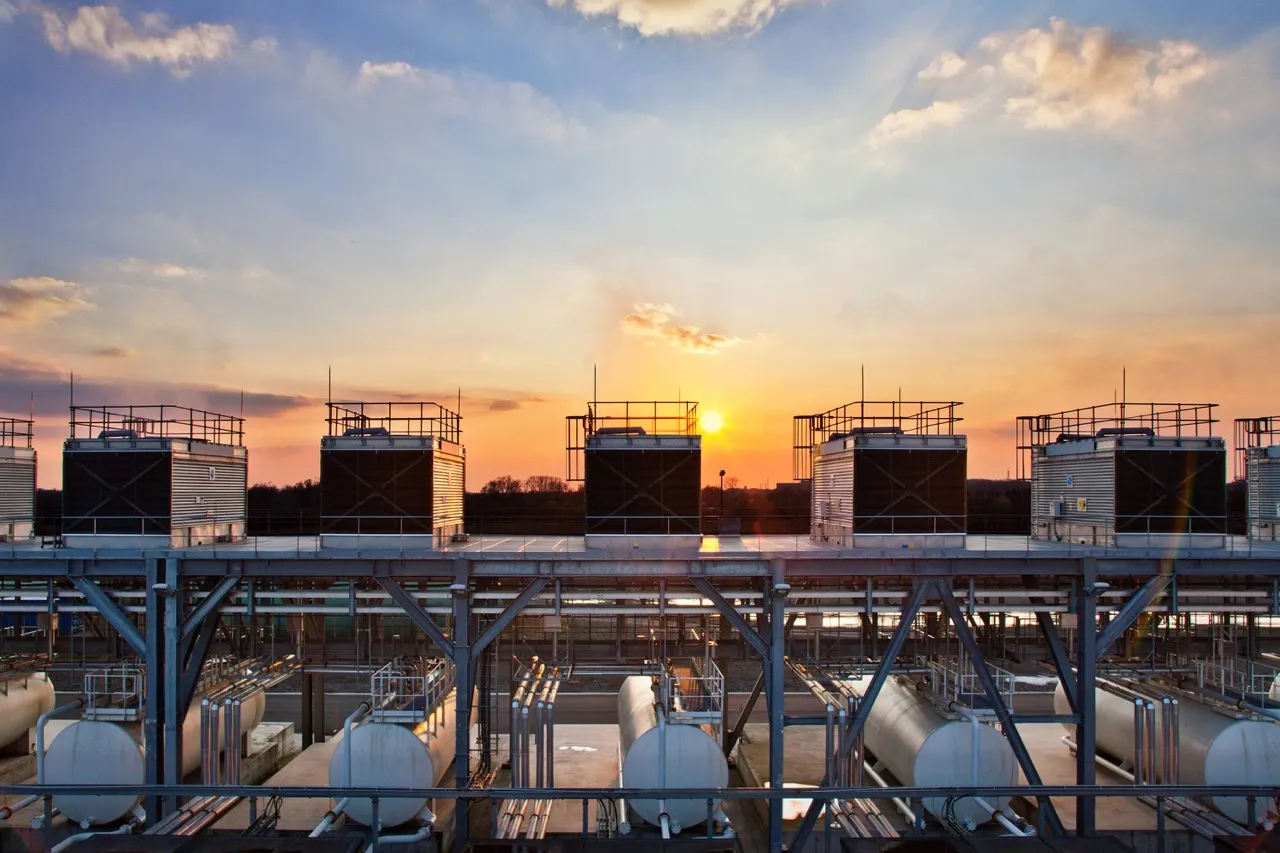
Water stewardship
Learn moreWater replenishment
TargetReplenish 120% of the freshwater3 volume we consume, on average, across our offices and data centers.
2030
2023
Our water stewardship projects replenished approximately 18% of our freshwater consumption from our data centers and offices4—tripling our replenishment progress of 6% in 2022.
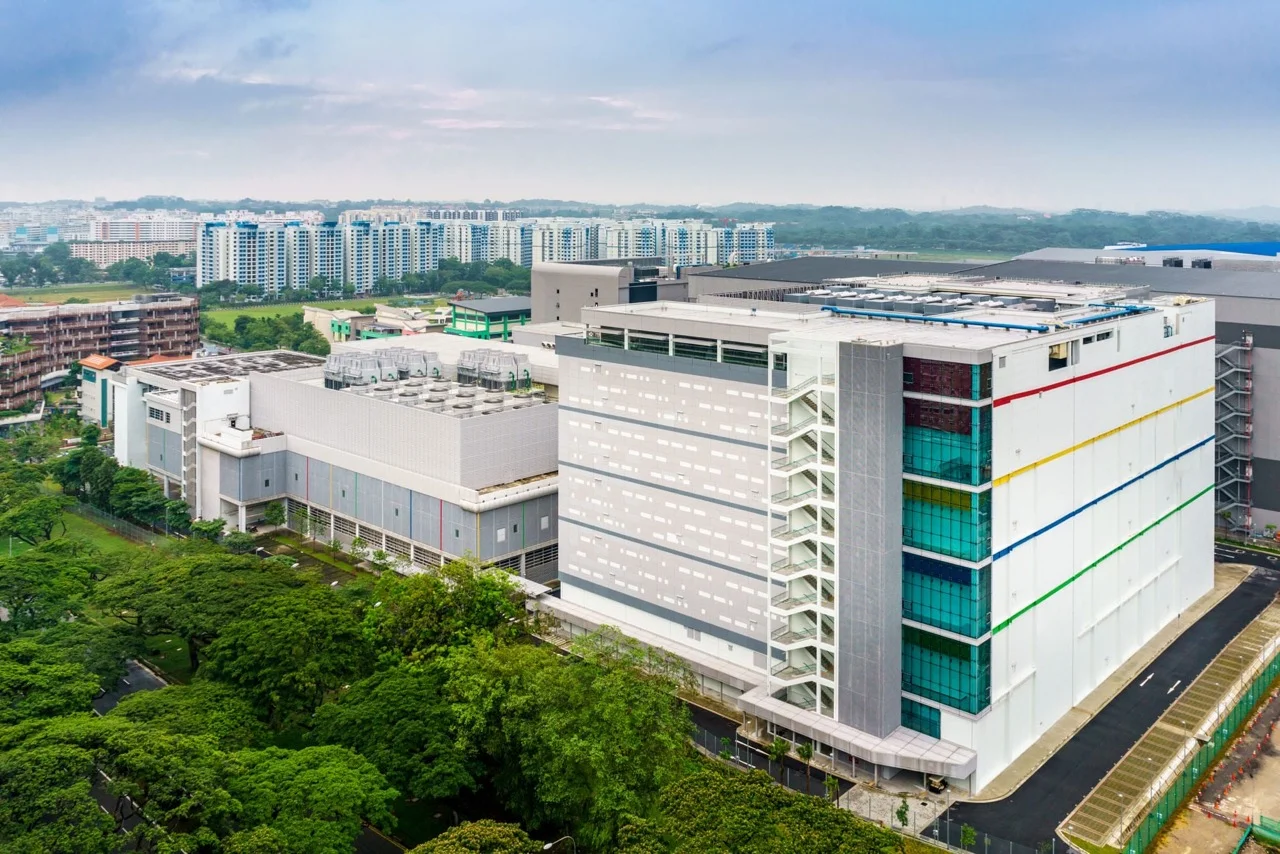
Circular economy
Learn moreData centers
TargetAchieve Zero Waste to Landfill5 for our global data center operations.
N/A
2023
Following our updated waste accounting methodology, 29% (8 out of 28) of our Google-owned and -operated data center campuses met our Zero Waste to Landfill goal.6
Offices
TargetDivert all food waste from landfill by 2025.
2025
2023
We diverted 82% of food waste from landfill—a slight decrease from 85% in 2022—due, in part, to limited composting infrastructure in certain regions.
Consumer hardware products
TargetUse recycled or renewable material in at least 50% of plastic used across our consumer hardware product portfolio by 2025.
2025
2023
34% of the plastic Google used in products manufactured in 2023 was recycled content.7 This decrease from 41% in 20228 was due to changes in our product mix—some product types use less plastic than others, which can reduce opportunities to use recycled content.
Consumer hardware products
TargetMake product packaging 100% plastic-free by 2025.
2025
2023
For new Google products launched and manufactured in 2023, our packaging was at least 99% plastic-free,9 an increase from at least 96% plastic-free packaging in 2022, primarily due to packaging innovations.9
Stay informed
Stay up to date on our news and progress.
Our reports
To scale impact, we have created tools and case studies to help others adopt some of the approaches that have worked for us.10
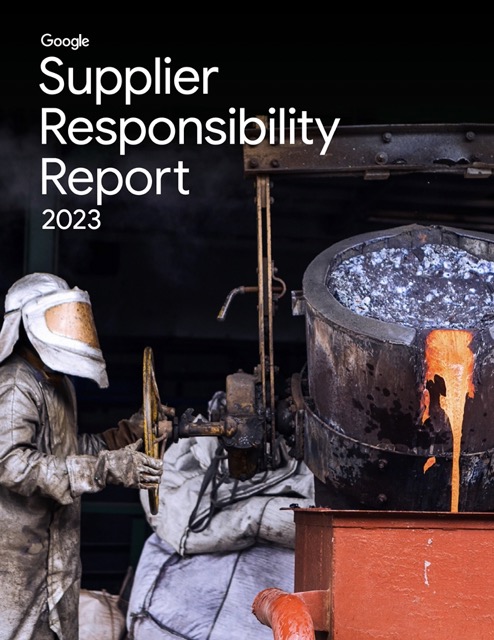
4 We contracted a third-party to estimate replenishment benefits using the Volumetric Water Benefit Accounting (VWBA) methodology (Reig et al., 2019).

